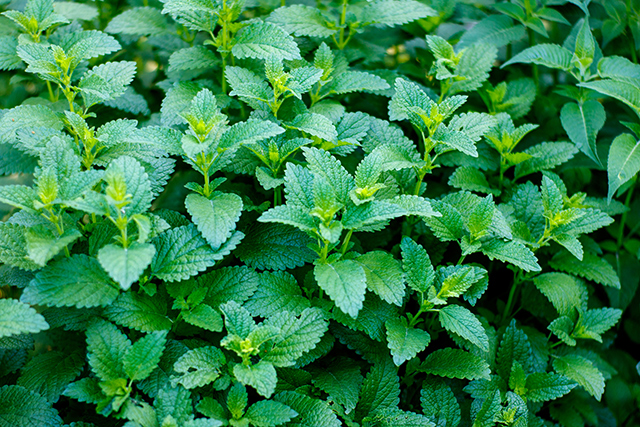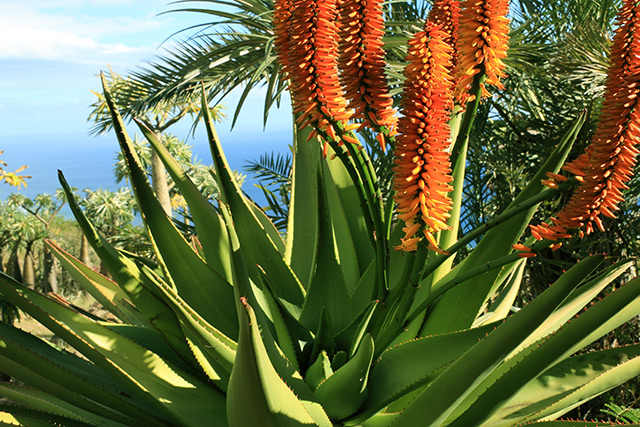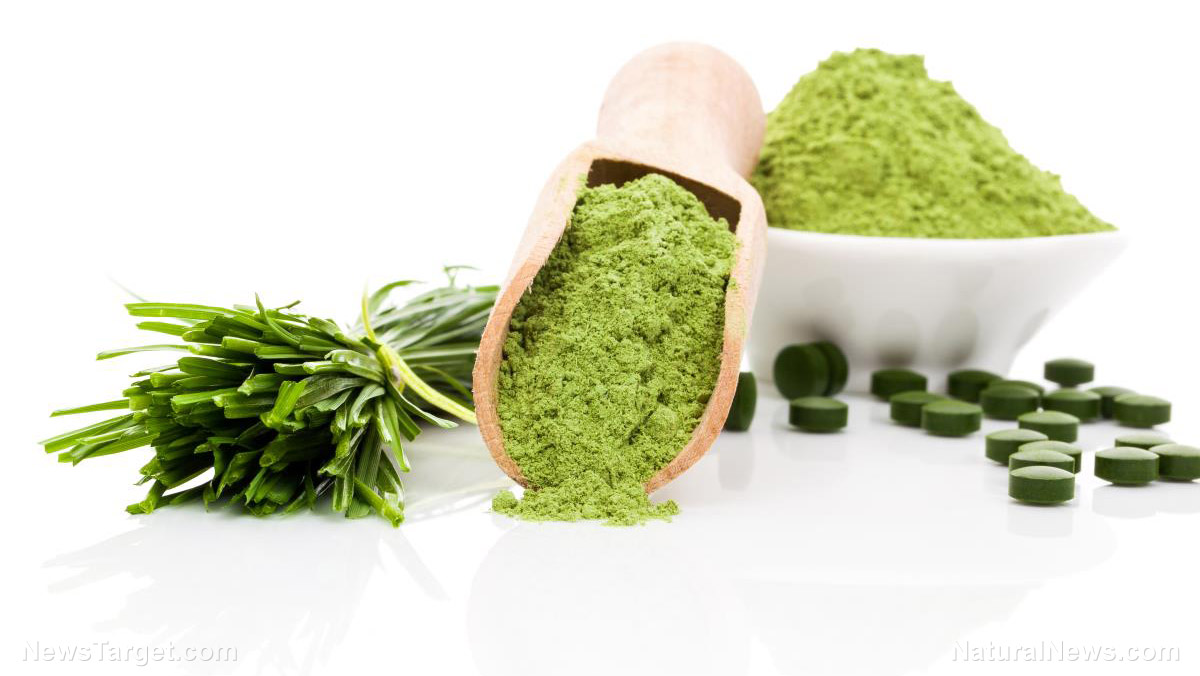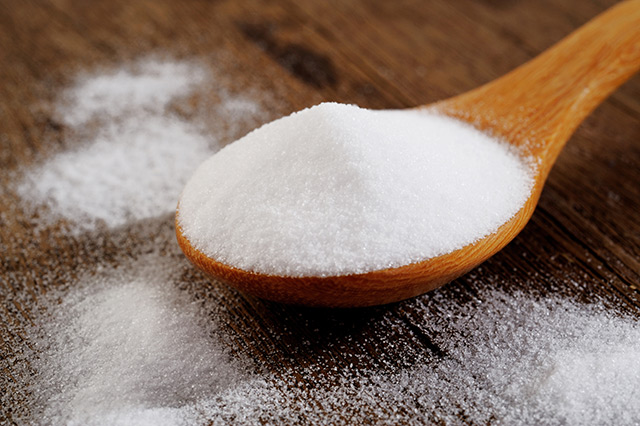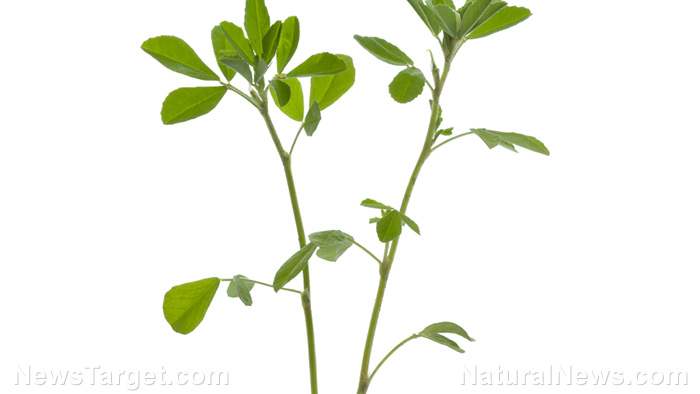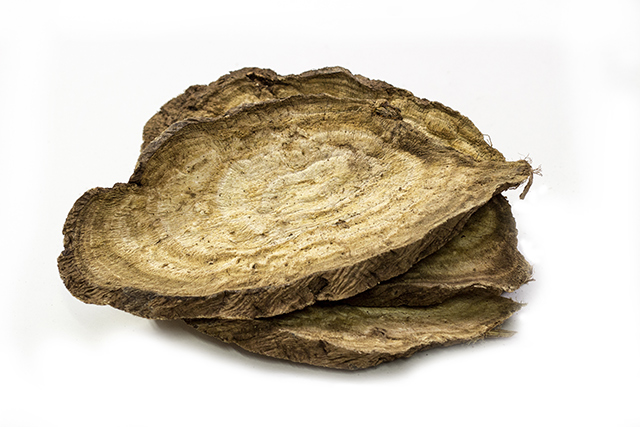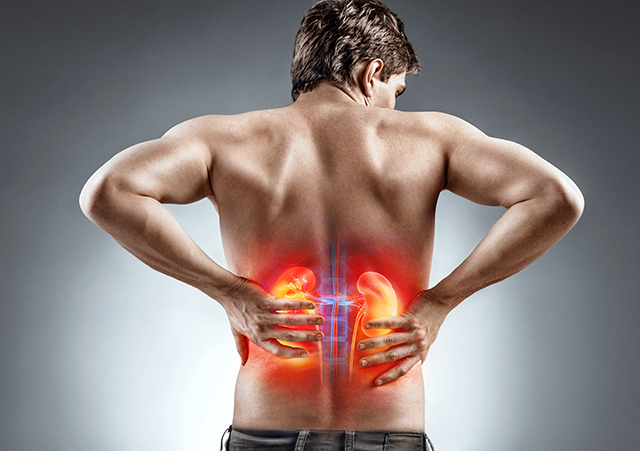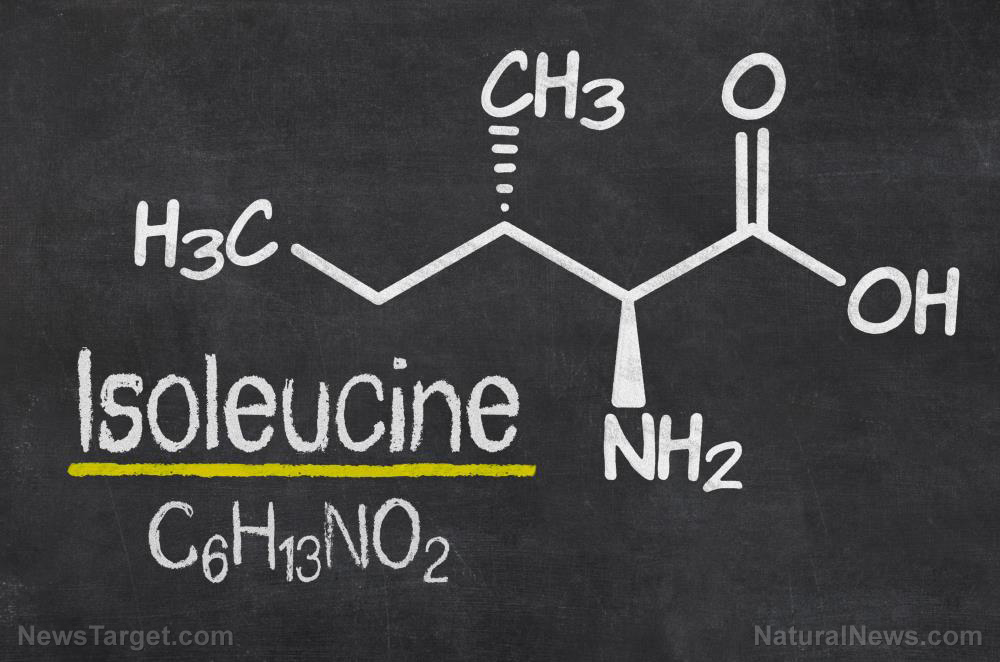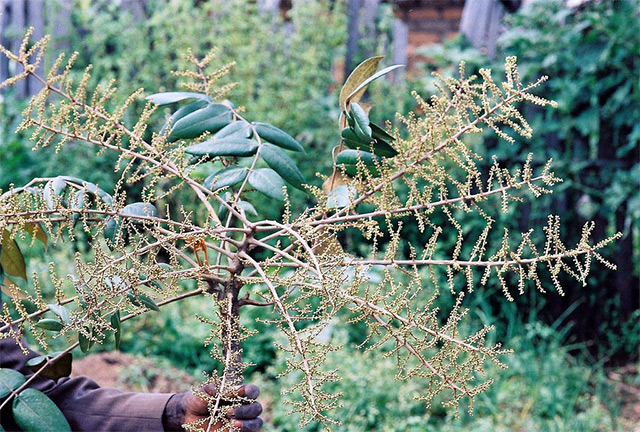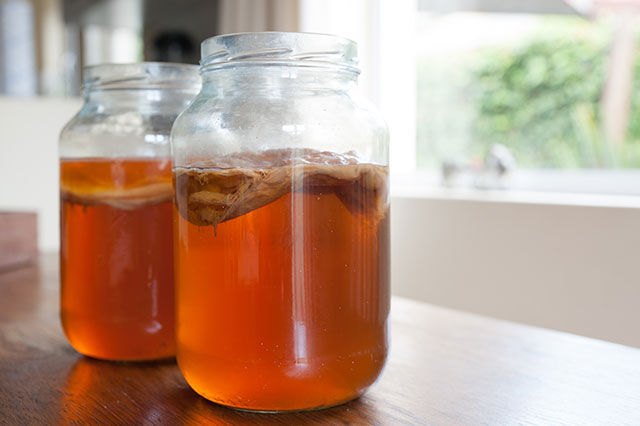Betel leaves promote wound healing in diabetics
10/24/2018 / By Edsel Cook

Antioxidant, antimicrobial, and anti-diabetic activities have been attributed to the leaves of the betel plant (Piper betle). Malaysian researchers reported that an extract made from these leaves of this plant could improve the healing rate of wounds on diabetic rats.
Their research was supported by the Universiti Kebangsaan Malaysia. They published their findings in the Journal of Ayurveda and Integrative Medicine.
- Patients with diabetes mellitus heal their wounds much slower. This is attributed to high oxygen stress and significant levels of the stress enzyme 11 beta HSD-1.
- The researchers constructed an animal model of diabetes mellitus by injecting rats with streptozotocin to induce the disease. They then created four full thickness wounds on the back of each rat.
- The wounded diabetic rats were divided into four groups: Normal rats, untreated diabetic animals, diabetic rats that received one percent silver nitrate cream, and diabetic animals that received topical application of betel leaf extract. Treatment lasted for seven days.
- Rats treated with betel leaf extract displayed improved levels of antioxidants, which in turn reduced oxygen stress levels. They also had decreased amounts of stress enzymes.
- Analysis of the histological and ultrastructural features of the wound tissue supported the beneficial effects of betel leaf extract.
The researchers concluded that the further study of effects of the betel leaf extract could improve the understanding of the delayed wound healing process associated with Type 2 diabetes mellitus.
Browse the complete paper at this link.
If you want to read more articles about the benefits of betel for diabetes, visit DiabetesScienceNews.com.
Journal Reference:
Ghazali NA, Elmy A, Yuen LC, Sani NZ, Das S, Suhaimi F, Yusof R, Yusoff NH, Thent ZC. PIPER BETEL LEAVES INDUCES WOUND HEALING ACTIVITY VIA PROLIFERATION OF FIBROBLASTS AND REDUCING 11? HYDROXYSTERIOD DEHYDROGENASE-1 EXPRESSION IN DIABETIC RAT. Journal of Ayurveda and Integrative Medicine. 23 November 2016;7(4): 198–208. DOI: 10.1016/j.jaim.2016.08.008
Tagged Under: alternative medicine, antioxidants, betel leaf, diabetes mellitus, healing wounds, herbal medicines, medicinal plants, Type 2 Diabetes, wound treatments



